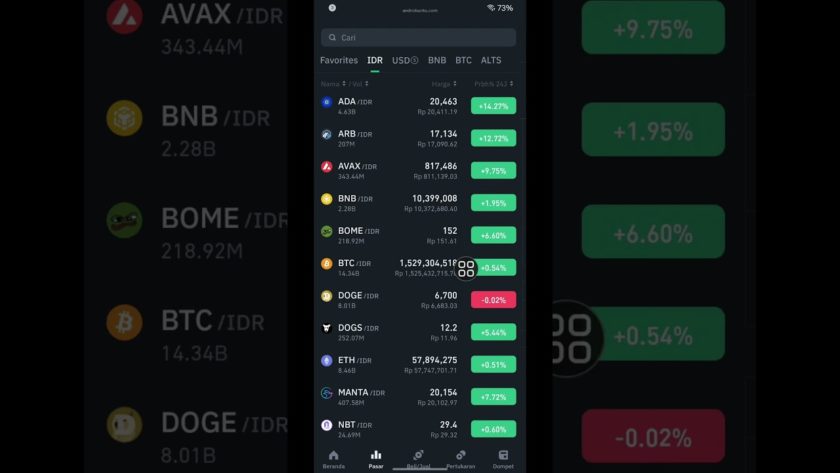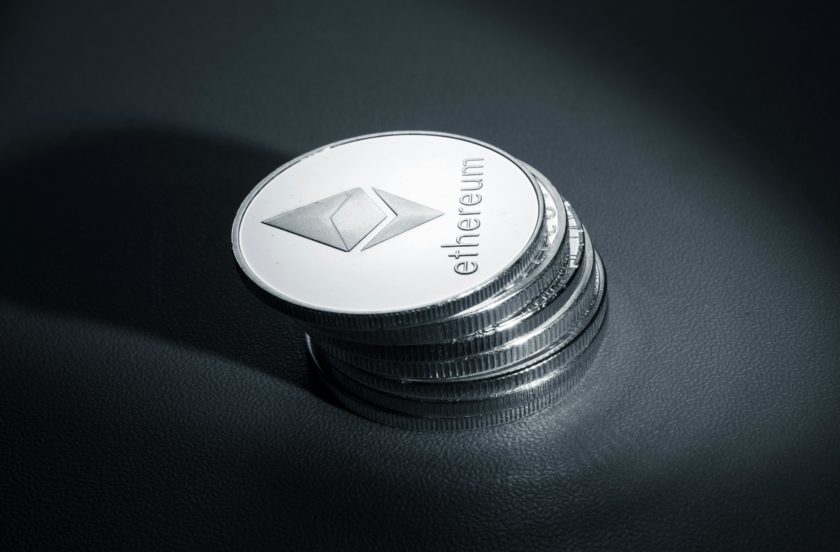292,672 ETH enclosed make up more than 55% of Ethereum 2.0 deposit contracts required.
The Ethereum (ETH) community has been paying careful attention to the upcoming Phase 0 launch of Eth2, the next Ethereum generation. To activate the phase, more than 500,000 ETH (or $270 million) must be locked in by the validators or active participants. According to internal sources, this amount is to be reached by November 24. By the moment of writing, the total amount of Ethereum 2.0 deposit contracts has already surpassed 292,672 ETH.
292,320 ETH has been staked in the Eth2 deposit contract.
231,968 more ETH is needed to launch Eth2.
███████████░░░░░░░░░ 55.8%
— Eth 2.0 Deposit Contract – Progress Meter Bot (@DepositEth) November 23, 2020
292,672 ETH enclosed make up more than 55% of Ethereum 2.0 deposit contracts required. Notably, on November 17, this amount was only 18%. If the mission of delegating 524 288 ETH from 16 384 validators is completed, the mainnet will launch on December 1. Elsewise, the developers will delay the launch.
Meanwhile, the Ethereum price is soaring. In the last 24 hours, Ethereum has added 7.08% to hit a new high of $581 per token. Its market cap is $65.9 billion.
Ethereum 2.0: Phases and Benefits
According to the developers, Ethereum 2.0 (or Serenity) stands for the next generation of Ethereum. It is “a multi-year plan to improve the scalability, security, and programmability of Ethereum, without compromising on decentralization”. To secure the network, Eth2 employs proof-of-stake (PoS). Therefore, traditional mining will become a thing of the past.
The network’s goals include decentralization, resilience, security, simplicity, as well as longevity.
The launch will be conducted in several phases. The first one, Phase 0, or the Beacon Chain, is about tracking the validators and their balances. Ben Edgington, the Eth2 developer, explained:
“There are a number of aspects to this: managing validators and their stakes; nominating the chosen block proposer for each shard at each step; organizing validators into committees to vote on the proposed blocks; applying the consensus rules; applying rewards and penalties to validators; and, being an anchor point on which the shards register their states to facilitate cross-shard transactions.”
To get ETH on the Beacon Chain, validators just have to submit the deposits. After a validator public key reaches a balance of 32 ETH, the validator becomes active.
Further, Phase 1 comes. It deals with adding, storing, and retrieving the data associated with Eth2’s shards that will expand Ethereum’s capacity to process transactions. Transitioning from proof-of-work (PoW) to proof-of-stake (PoS) will end with Phase 2. The functionality of the entire system will start to come together. In other words, smart contracts will run on all of the shards. Besides, Phase 2 introduces the concept of ‘Execution Environments (EEs)’. Every shard has access to all execution environments and can make transactions within them as well as run and interact with smart contracts.
Daria is an economic student interested in the development of modern technologies. She is eager to know as much as possible about cryptos as she believes they can change our view on finance and the world in general.




